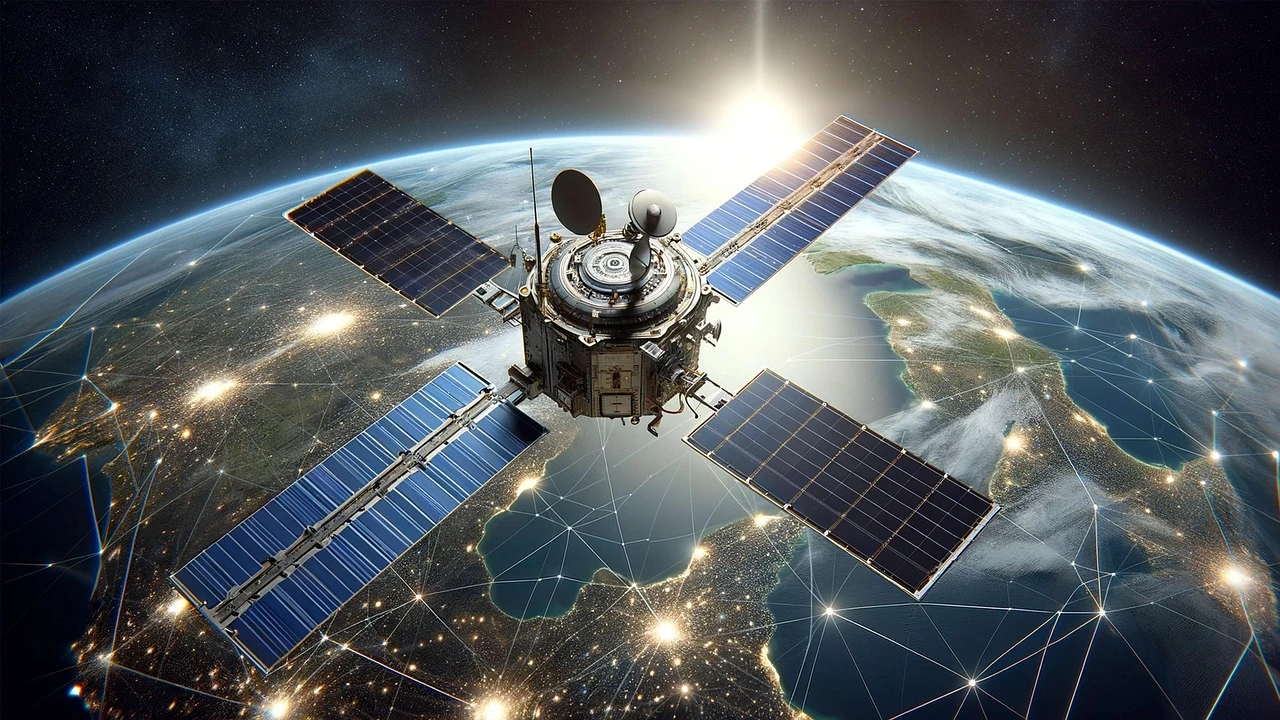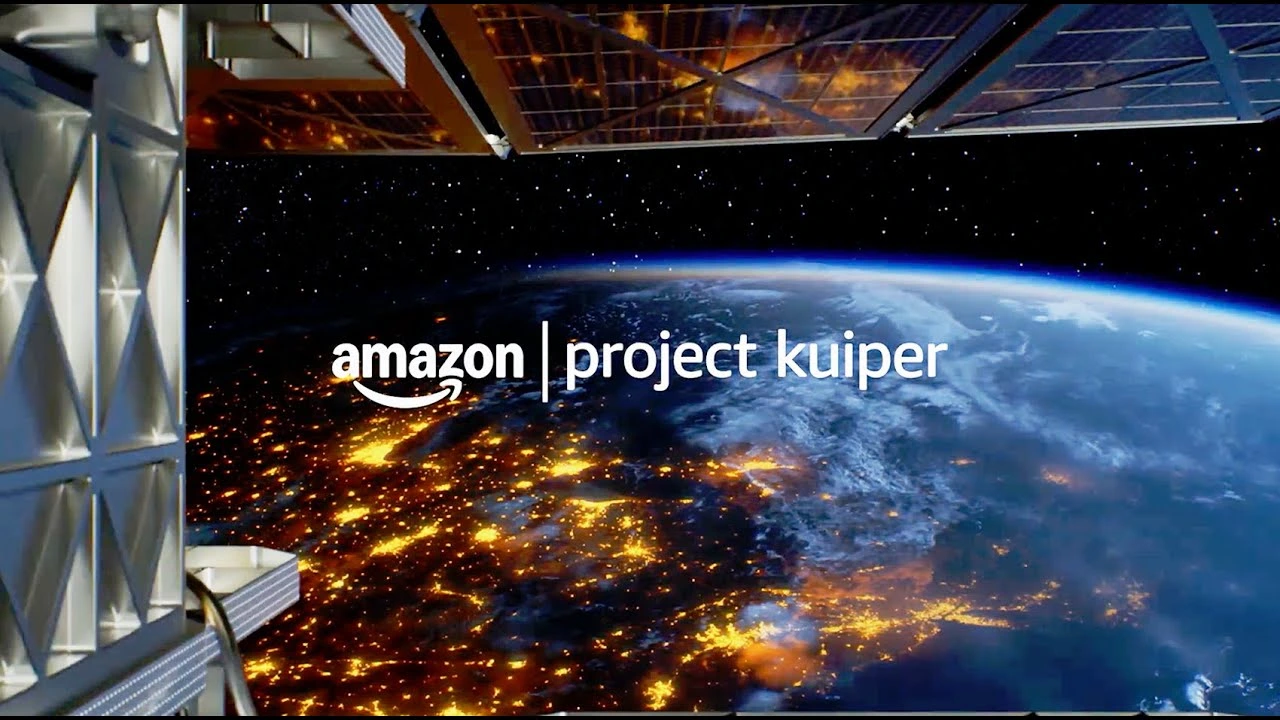The plan for the commencement of commercial service for Amazon's Kuiper Satellite Broadband is sometime around mid-2026. The project is particularly aimed at providing an internet connection via satellites to areas not serviced by conventional broadband services. Kuiper is Amazon's low-Earth-orbit satellite broadband system, designed to compete with Starlink, SpaceX's satellite service.

Amazon's Kuiper Internet Satellite Services Will More or Less Begin Around Mid-2026
According to an announcement the Kuiper Internet satellite internet service will officially begin in the middle of the year. The early phase of this phase has been conducting select pilot projects for testing. The latest news indicates that this research-and-development phase has established goals for the launching of more than a thousand satellites by 2025 to deliver seamless-thin-priced internet to its first-phase consumers.
The Technical Vision of Kuiper
The Kuiper project uses low-earth orbit (LEO) satellites, which fly close to our planet and reduce latency in the net service, making it a smooth experience during video applications or gaming. A robust network comprising ground stations and terminal units is built by Kuiper, easily installed by home users.
Starting a Little Competition Among The Players
By providing an interface to the internet, Kuiper would help bring some equality to the global digital divide. Kuiper's draw, other than Starlink SpaceX, would be Amazon's excellent market penetration and logistics knowledge.

An Advantage to India and Other Nations
Underdeveloped countries such as India, where the Internet is still a rarity even in many rural areas, might really make a critical difference with Kuiper technology. Governments and many other institutions across the spectrum, in partnership with Kuiper, could help leapfrog the digital progress of the nation many times over.
The Kuiper satellite broadband is bound to drastically change the landscape of internet service globally. By 2026, when it is fully operational, billions of people will be able to benefit from an opportunity that was never actually considered possible for individuals living far away from the digital world.
Follow our WhatsApp channel for the latest news and updates

